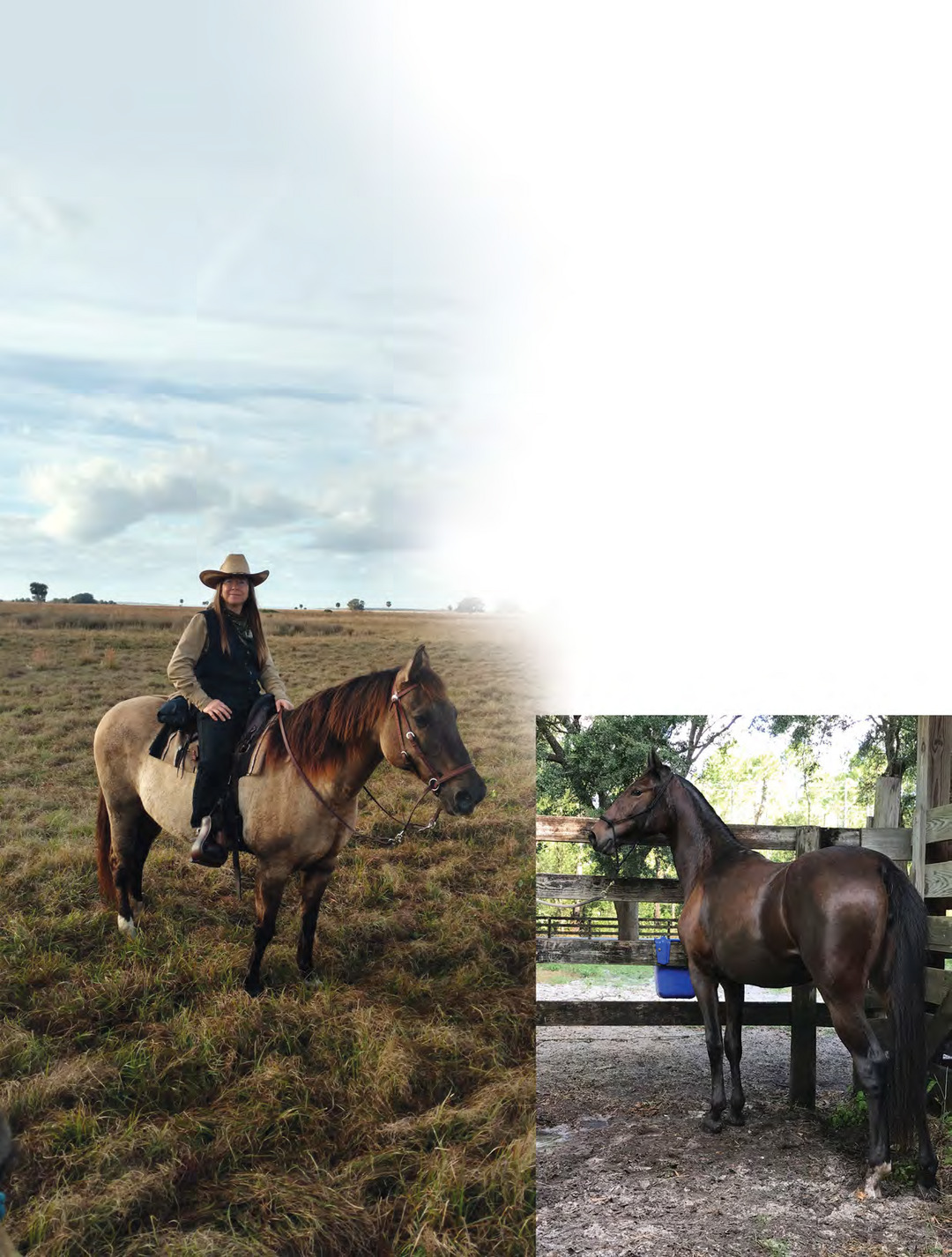FLORIDA HARVEST
NEW OYSTER FARMING TECHNIQUES MAKING WAVES IN FLORIDA OUTLAW OYSTER CO. PUTS PANACEA ON THE MAP FOR ITS HIGHLY DESIRABLE BIVALVES
f course it’s an especially hard time now in the Florida Panhandle, ever since Hurricane Michael hit in October. And, in recent years, it’s no secret that the beloved oyster beds found along the Panhandle, especially the famed Apalachicola oysters, have been depleted because of water legislation issues. The ongoing legal battle is deemed the “tri state” water battle between Florida, Georgia and Alabama. Amid this depletion, a new method of farming for oysters has been developed that, for many, is quickly becoming a way of life. Not only does it produce a delicious product, but it is also environmentally sustainable. In Panacea, Florida, a small coastal town with more boat landings than restaurants, local commercial fisherman Blake Gardner and his girlfriend, Denita Sassor, left their previous jobs to pursue the bivalve business full time. Longtime water lovers with years of experience by Florida’s salty seas, the two saw an opportunity to revamp the oyster farming business in their community and put Panacea on the map for its highly desirable Gulf Coast oysters.
They have since built Outlaw Oyster Co. It’s a viable business that undoubtedly maintains its small-town charm—and also ranks as one of the premier oyster retailers in the nation. The oyster farming process begins with the purchase of oyster seeds, which are baby oysters. The babies are a quarter of an inch to half an inch long, and have undergone a controlled reproduction process that makes oyster farming possible. Once the baby “Outlaws” are in hand, they are placed in large, black floating bags where they feed for several months. The floating bags enable the oysters to feed on nutrients at the top of the water and stay off the bottom, unlike traditional oyster farming. This ultimately leads to less grit, silt and mud in the finished product—a rarity and reward for any oyster aficionado. As the Outlaw Oyster Co. farmers say: “We don’t raise bottom feeders.” The second step that makes this new farming technique unique, and sets Outlaw oysters apart from the rest, is that the oysters are sorted by size in a custom-built tumbler.
Top, oysters farmers always say, "The office view doesn’t suck.” Above, Outlaw Oyster Co.'s floating farming technique allows for smoother shells with less sediment and bacteria.
24
F LO R I D A C O U NTRY D e c e m b e r | J a n u a r y 2 0 1 9
PHOTOS ON THIS AND OPPOSITE PAGE COURTESY OF OUTLAW OYSTER
O
Written by: Katey McClenny






